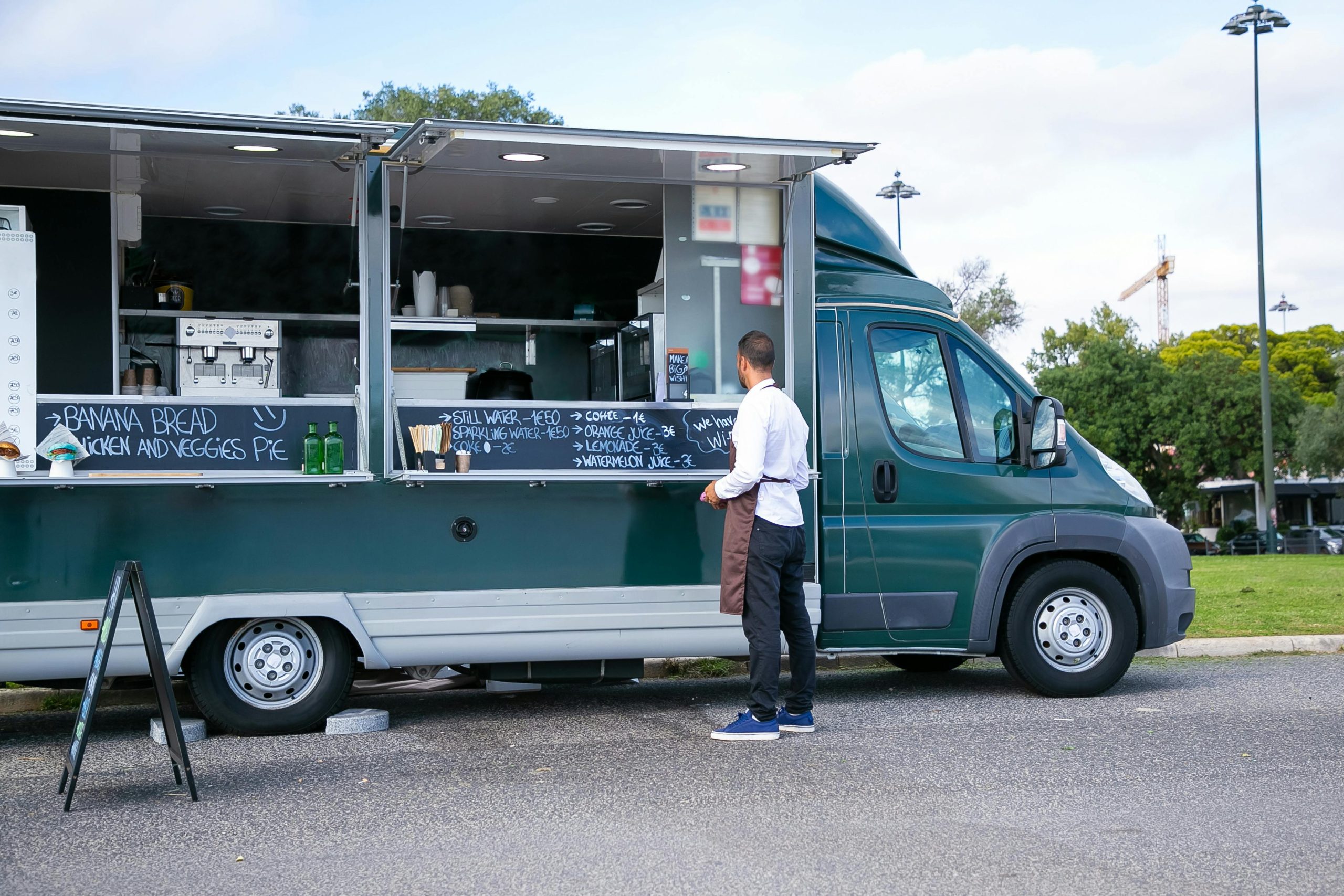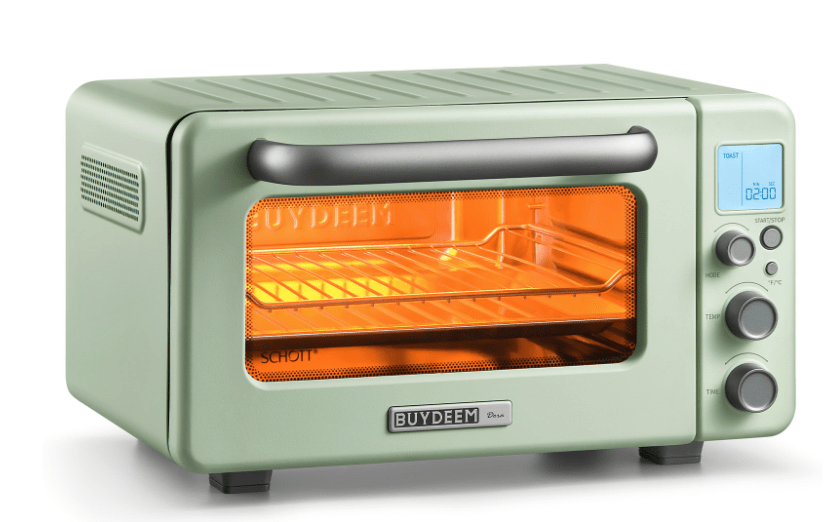Your Guide to Relocating Your Culinary Business

Relocating a culinary business is a significant decision that requires meticulous planning and execution. Whether you own a restaurant, café, or catering service, moving your business to a new location involves more than just transporting equipment. You need to consider logistical details, reestablishing your presence in a new area, and ensuring that your operations resume smoothly without losing clientele. This guide will walk you through the essential steps to make your culinary business relocation as seamless and efficient as possible.
Evaluating Your New Location
The first step in relocating your culinary business is choosing the right destination. Your new location should not only align with your business needs but also resonate with your target audience. Here are some key considerations when selecting a new spot:
- Demographic Research: Understand the demographics of the area and assess if they align with your existing customer base. For example, if your restaurant caters to health-conscious individuals, ensure that the new location is in a community that values healthy living and has a demand for such offerings.
- Competition Analysis: Evaluate the competition in your new location. While some competition can be beneficial, an oversaturated market might make it challenging to establish yourself. Conversely, an area with no similar offerings could indicate an untapped market with potential growth.
- Accessibility and Visibility: The new location should be easily accessible to your customers. Consider factors such as parking availability, foot traffic, and proximity to major roads or public transport. High visibility is key for attracting walk-in customers, so choose a spot that offers good exposure.
- Local Regulations and Permits: Investigate local regulations, permits, and licenses required to operate a culinary business in the new area. Health and safety standards may vary between regions, so it’s crucial to be informed about compliance requirements before making the move.
Setting Up Utilities and Services in Advance
Setting up utilities and services in your new location ahead of time is crucial for a smooth transition. Make a checklist of all essential services such as electricity, gas, water, and internet, and ensure they are activated before moving day.
- Coordinate with Utility Providers: Contact utility providers to schedule installations and service transfers. Ensure that refrigeration and heating units are operational before moving in food supplies to prevent spoilage.
- Arrange for Waste Disposal and Pest Control: Set up waste disposal and pest control services in advance. Proper waste management and pest prevention are essential for maintaining hygiene standards and ensuring compliance with local health regulations.
- Order New Supplies If Needed: If you need to replenish your stock or upgrade equipment, schedule deliveries to arrive shortly after your move. This allows you to set up the kitchen efficiently without waiting for supplies to come in.
Reestablishing Your Brand in the New Location
Rebuilding your brand presence in a new area can be challenging, but with the right strategies, you can maintain your customer base and attract new patrons.
- Leverage Local Marketing Channels: Utilize local marketing channels such as community newspapers, radio stations, and social media groups to spread the word. Engage with local influencers or food bloggers to create buzz around your reopening.
- Offer Special Promotions and Events: Organize events such as a grand reopening, tasting sessions, or discounts for the first few weeks to encourage new customers to visit. Offering loyalty programs or referral discounts can help retain existing customers and bring in new ones.
Moving Over Long Distances
If your culinary business is relocating a considerable distance away, the complexity of the move increases significantly. Transporting bulky kitchen equipment and maintaining the quality of sensitive items like refrigeration units or expensive cookware can be daunting. In such cases, professional moving services can make all the difference.
- Choose the Right Moving Service: For long-distance moves, consider using a professional moving service with experience in transporting commercial equipment. Services like Shiply USA can connect you with transport providers who specialize in handling large and delicate items. This ensures that your equipment arrives safely and on schedule, minimizing downtime and potential damage.
- Plan for Equipment Servicing: After a long-distance move, it’s a good idea to have your equipment serviced before starting operations. Transport vibrations can sometimes impact the performance of machinery, so having a technician check everything over can prevent disruptions.
- Create a Contingency Plan: When moving over long distances, there’s always the risk of delays or complications. Prepare a contingency plan that includes backup equipment or a temporary location in case the move takes longer than expected.
Adapting to Local Regulations and Compliance
Every city or region may have different regulations regarding health and safety, food handling, and business operations. Familiarizing yourself with these requirements is crucial to avoid fines or shutdowns.
- Review Health and Safety Regulations: Check the health and safety regulations specific to your new location. This may include kitchen layouts, food storage, and hygiene practices. Some areas may also have specific requirements for fire safety and waste disposal.
- Apply for Necessary Licenses and Permits: Apply for the necessary licenses and permits well in advance to avoid delays in starting operations. This could include food handling permits, alcohol licenses, or signage permits, depending on your business.
- Consult with a Local Expert: Consider consulting with a local business advisor or regulatory expert to ensure that you’re fully compliant with all local laws and standards.
To Takeaway
Relocating a culinary business requires careful planning, coordination, and attention to detail. By evaluating your new location, planning logistics effectively, and preparing your team, you can ensure a smooth transition and continued success in your new environment. For long-distance moves, relying on professional moving services like Shiply can help safeguard your equipment and minimize disruptions, allowing you to focus on what matters most—bringing your culinary creations to life in your new space. With the right approach, your business can thrive in its new location and continue to delight customers with exceptional culinary experiences.



